No. 35: The Great Pencil and Eraser Debate
The reasons for and against the humble pencil, and my takeaways.
Every year on National Pencil Day (yes, for us pencil fans, this is a thing) I share a few images of my drawings of pencils, and of other things I’ve created using pencil, on social media. In recent years I’ve been thinking more about my love of graphite in the form of a soft 2B or 3B pencil because so many art teachers nowadays seem to have strict rules around these basic tools. When I first got wind of the “no pencils allowed” approach, I felt defensive. The main tool I have loved since childhood is suddenly a taboo item that should be avoided? I learned to draw with pencil; what is wrong with pencil?! The pencil is one of my greatest art-making friends. And it’s erasable! How great is that? Or…is it not so great?
The argument against pencils is along these lines: The pencil prevents people from embracing and committing to the marks they make because pencil strokes can be applied very lightly and can be erased. A pen (or paint or marker) line is established and committed to immediately. A line in pen is there to stay, and therefore the artist has no choice but to embrace thier marks and keep moving along to finish their piece. Whereas, because it’s erasable, a mark in pencil provides the option of change; it can be considered a “mistake” and redone. Artists are never satisfied; it is in our DNA to question our work. The pencil and eraser enable us to doubt every line we make: “Hmm, am I sure I like this? Maybe I’ll just erase it and try again.” The same voice in our head can be on repeat endlessly when usually the first marks were the best.
I, too, ask students to abandon their pencils and erasers if I feel they are being held back by them. But I make this distinction on a case-by-case basis, not as a general rule. As mentioned above, it is hard to be completely free and embrace the lines you make if you know you have the option of erasing them. And if you can erase and start again, then no line will be good enough. This can absolutely be a problem for some people. It has even been a problem for me, particularly when I try to draw my kids. I get so caught up in getting their likeness in my drawing that I end up erasing and erasing and getting annoyed with myself because the paper starts to wear down from my over-trying. This is when the love for my pencil gets tricky. But all relationships have their ups and downs.
My counterargument would be that the beauty of using a pencil is the very nature of its changeability—the push and pull of the lines, the way you can build up darkness by adding more pressure, the fact that no line is permanent, and you can use it to make a light plan for your final piece.
I love a good pencil so much that I am a featured Blackwing Maker, and I have worked with Blackwing multiple times to create a print of all of their Special Volume pencils. I have a steady stream of the Caran d’Ache graphite line delivered to my studio whenever I ask. I also give two of my favorite pencils to every student I work with, and almost always provide them at my in-person workshops. My current favorites are theBlackwing Pearl mixed graphite, a Blackwing Lab pencil that I am so glad I snagged a box of before they sold out that is a little softer than their other pencils, and the Caran d’Ache 3B Technalo, made with water-soluble graphite.
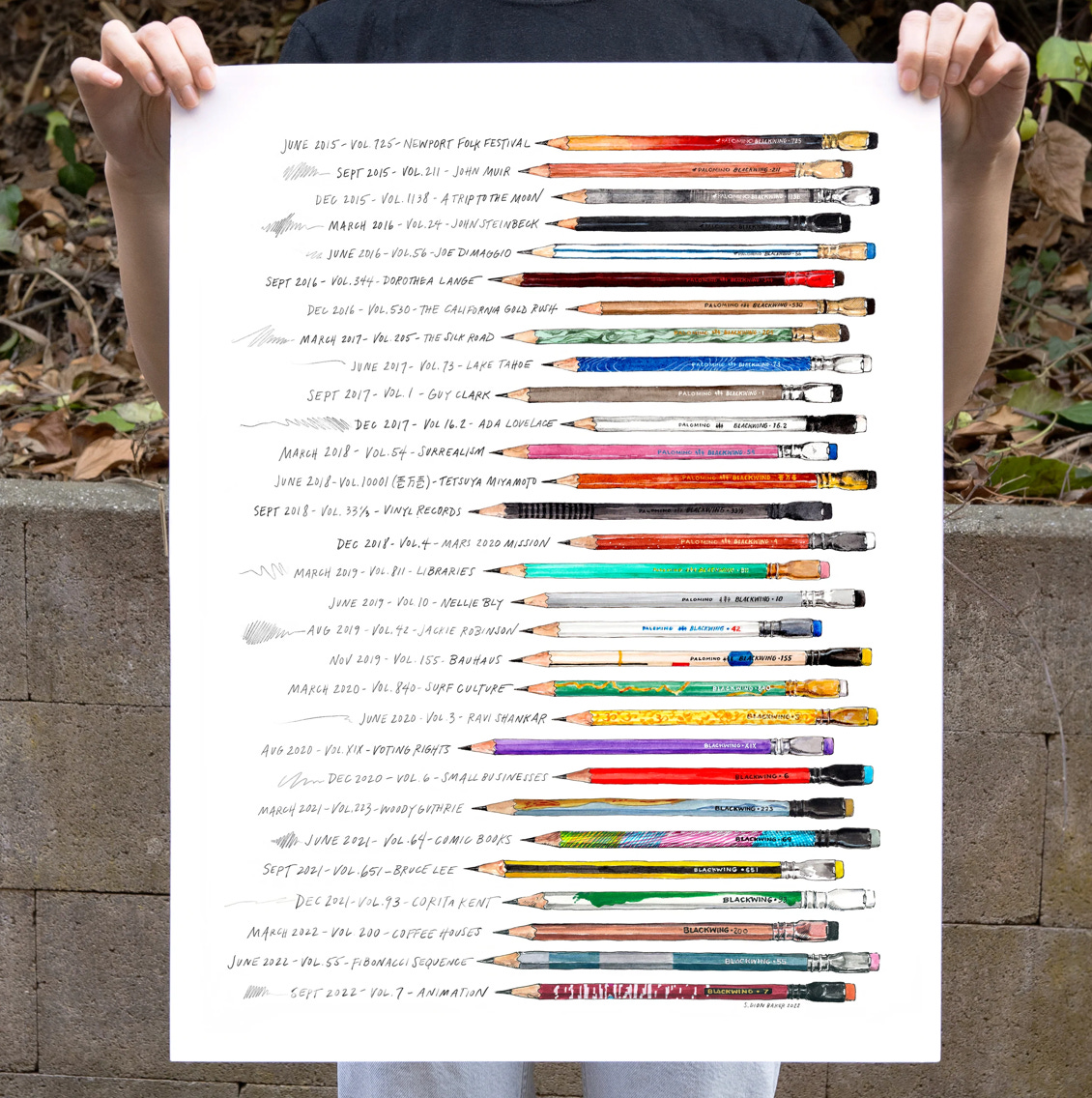
In my book Draw Your World, the drawing exercises begin with pencil. In the book we start with blind contour and continuous line drawings, we move onto ellipses and straight lines, and I talk about using pencil to plan page composition and practice perspective using loose and light guidelines. Pencils are an integral part of my teaching and my personal process. So when they are questioned, I can’t help but feel a tinge of resistance and worry that so many people might be missing out on all this amazing tool can offer.
Turns out that a lot of my followers on Instagram have similar feelings about a pencil and an eraser. To add to the discussion, here are a few screenshots of comments made on the post I shared last week (there are over fifty comments currently, so head over to the post to read more, and add your thoughts, too):
After reading the comments on my post and thinking about it a little more, it really comes down to a style of teaching and art making. I don’t give too many rules or guidelines, as my main goal is for people to have the freedom to create however they want to. My teaching is more about ideas and the “what to draw” rather than the “how to draw.” I always say that the artwork I enjoy looking at is about the result and not about the process it took for the artist to get to the final piece. In some work that I am attracted to, you can clearly see the marks and you can almost feel the process behind them. I love a painting or drawing that is made of a few simple lines, but I also love work that I can clearly tell took about a hundred-plus hours to create.
Just as each artist finds their unique style, they also find their unique process. The road it takes to arrive there is often riddled with “mistakes” and frustrations, and if the pencil is the root cause, then absolutely throw it to the side. There is no shame in using any art-making tool or medium, but if a tool is holding you back from finding your confidence, then it is a good idea to try something else. For me the pencil has helped me to form each shape that I make in my work, and it has for as long as I can remember. I have spent countless hours drawing with my beloved pencils. Even when I overwork a piece, I know that is part of my own growth and process. The pencil is the tool I take everywhere I go, a friend I will never abandon.
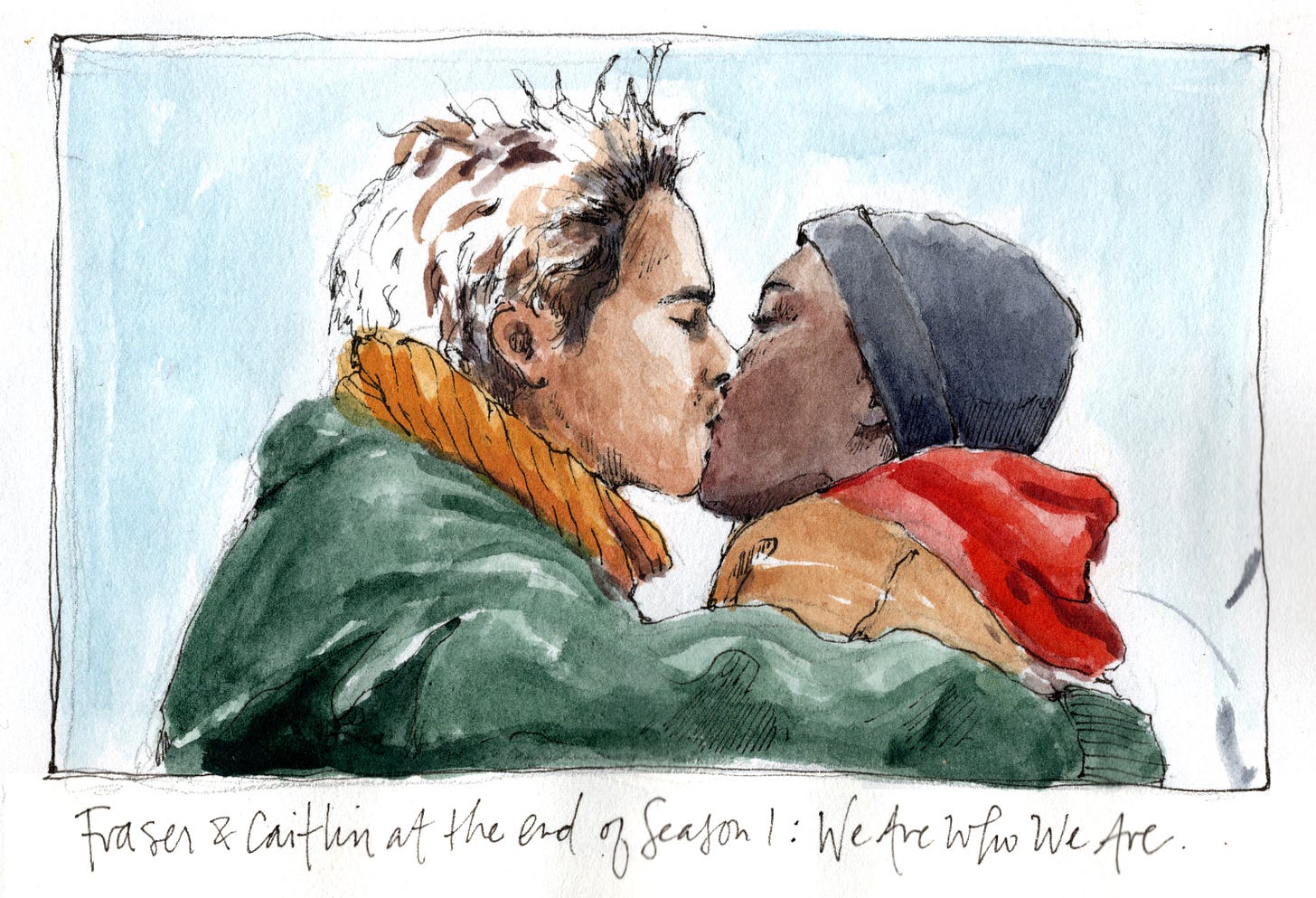
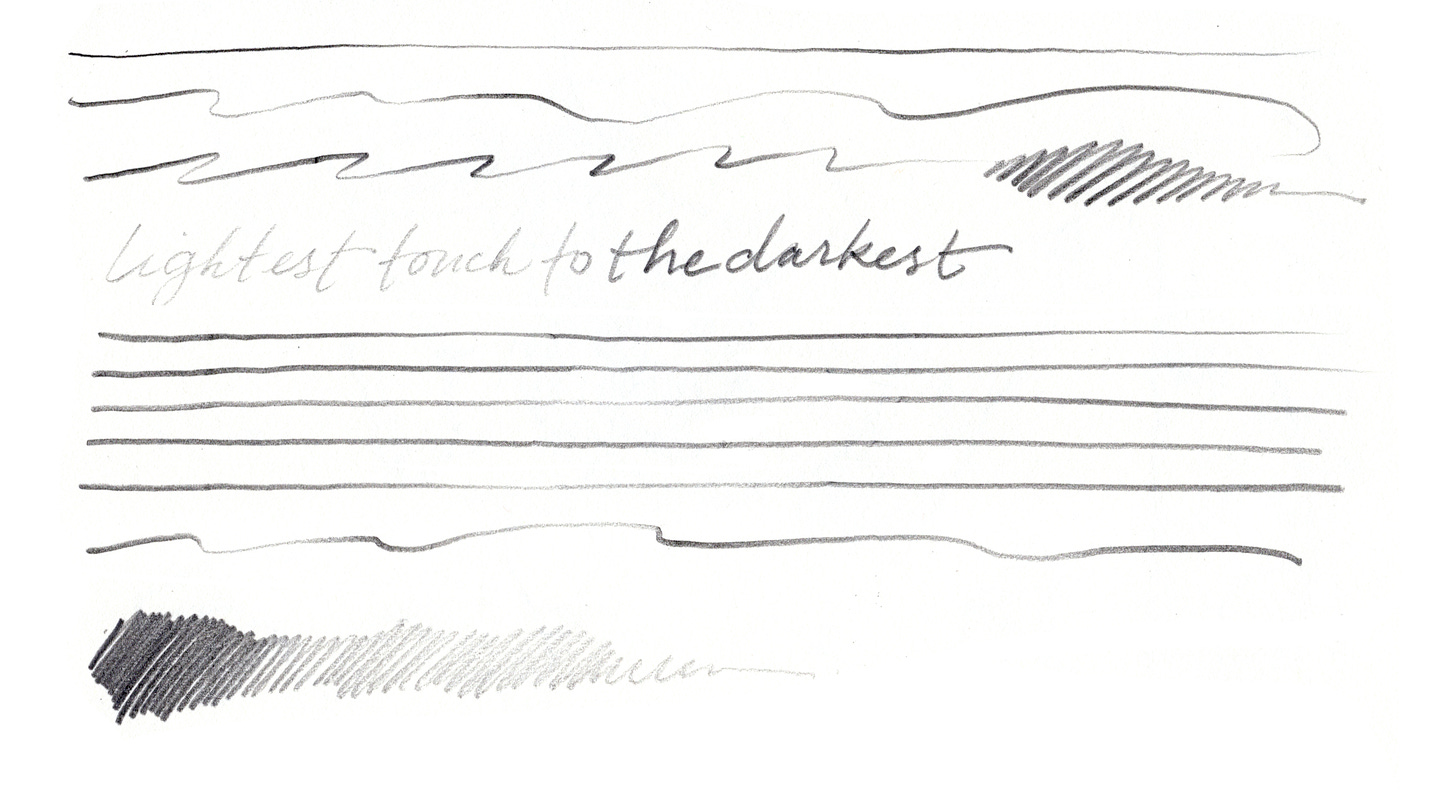
A few other resources on the subject for further thought are this page on the Met Museums website that goes into some depth on the history of pencil drawings. In the piece are two examples (shared below) that struck me the way graphite drawings do.

And this gallery on the Getty Museum’s website that shares pages of Edgar Degas’ sketchbook. These drawings are free and loose, and an example of the beauty exploration of line weight. On the pages you will see how he sketched one thing right on top of the other, layering elements. This is something I teach people to do with their pencils because you can then erase extra lines as you plan your drawings.
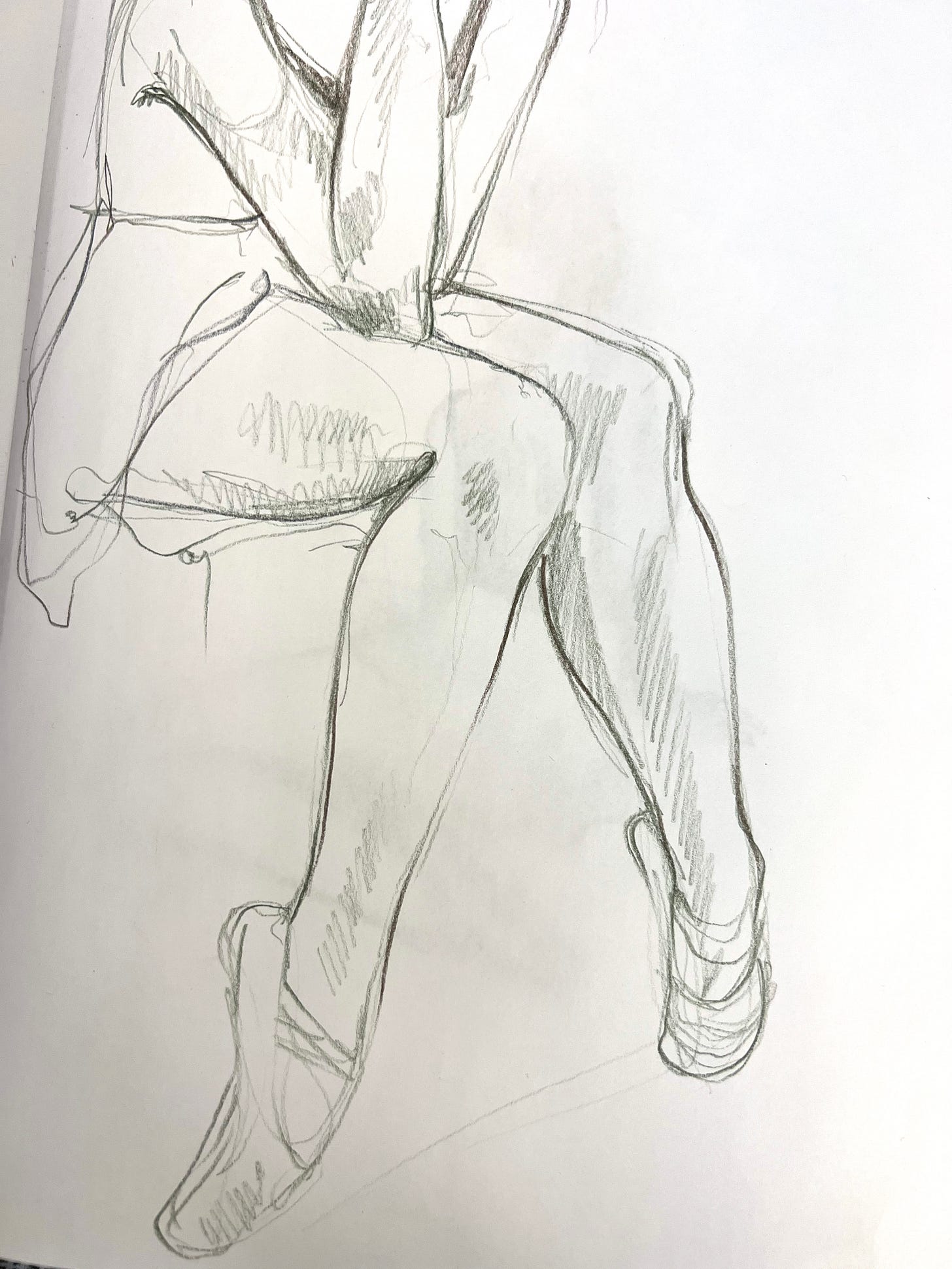
The Next Draw Your World Meetup for Paid Subscribers
Monday, April 8, from 8:30 to 10am EST.
This is a casual and friendly meet and draw together. I will send a reference image over the weekend. Usually we meet later in the afternoon, but I like to switch it up occasionally to accommodate people in different time zones. Link to RSVP was sent in the subscriber chat.
Draw Your World + Introvert Drawing Club Live Session
Hosted by
& Samantha Dion BakerThursday, April 11, from 4 - 5:15pm EST.
Beth and I will be drawing waiting dogs together! It is going to be a lot of fun. Click here to rsvp.
Sketch and Paint Your Coffee With Derwent
April 19 at 2pm EST.
In this class we will be sketching and painting our coffees—the cups and the patterns in latte/cappuccino foam. Click here to reserve your free spot!
My newest Skillshare class is now available to watch
Drawing Everyday: Using Shape and Light to Paint Everyday Subjects
You can now join Skillshare month-to-month or yearly. Check out the newest class here!
Ambassador and Affiliate Codes
If you’d like to try out Blackwing pencils or just order some new items, please shop using this unique link: blackwing602.com/sdionbaker. When you purchase using my link, there’s no additional cost to you and I earn a small commission. I appreciate your support!
A new affiliate of mine is Soumkine in Paris. Their stationery, journals, and sketchbooks are so beautiful. Click here to shop.
All Canvas lights and accessories are 10% off with my discount code: SDB10.


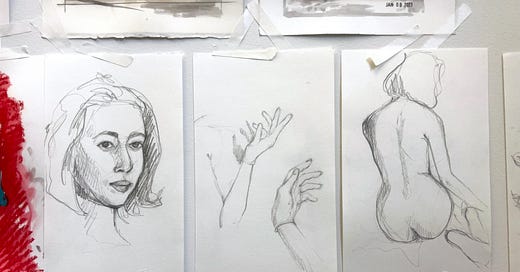



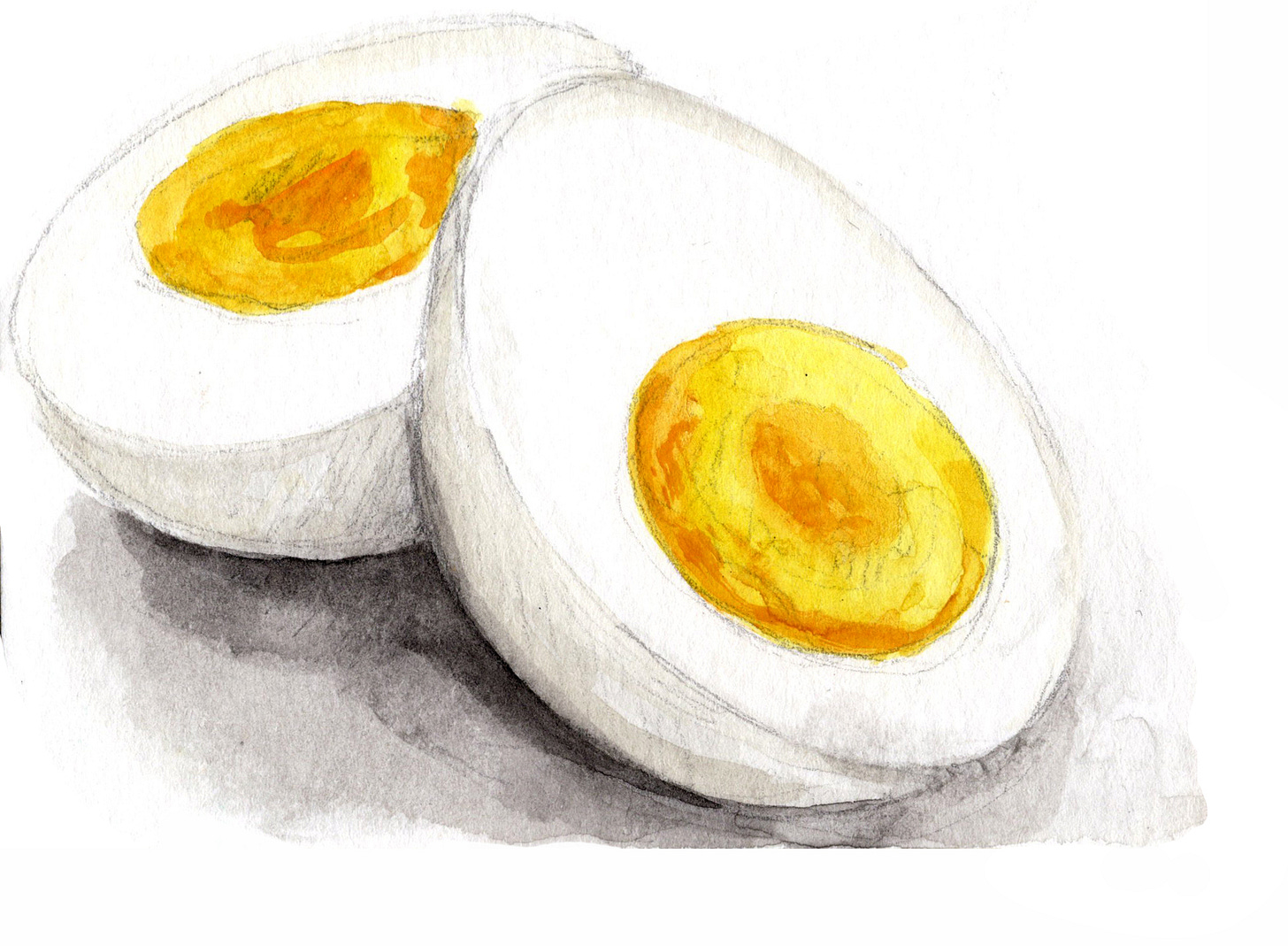




I may be overthinking this a bit (as I'm apt to do) but I love the access that pencil marks in finished art give the viewer. It's like this beckoning not just to see the work but to envision the process and recognize the humanity of the artist. It's the way I feel when I can see the patches of bare canvas in one of Vincent's paintings -- it just makes the whole work feel more encompassing and real to me.
I went back to school at the beginning of Covid as an art major and neither my drawing teacher nor my watercolor teacher wanted me to get too attached to my pencils. and that didn't work for well for me. I found it a hard block to get past because honestly, I need to be able to look at a line I've drawn and say "well, that's not 2 point perspective now, is it?" because I'm here to tell you, it was not. so now I just do what I want and what I want is a 2H pencil and an eraser (my favorite was lost and I just found it) and to correct things. I also love how pencil can look added to a painting and am very partial to using colored pencils and ink after the thing is drawn and painted.